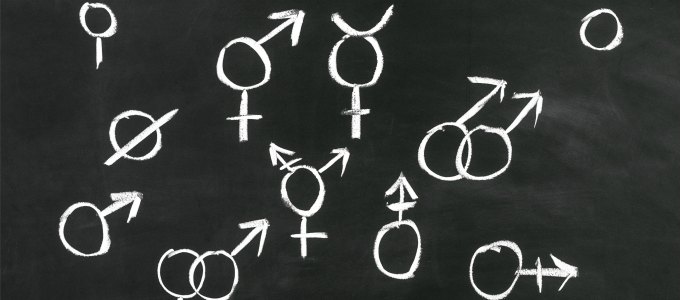A few months ago at a human resources networking event, one of my colleagues recounted a new employee who bypassed the traditional gender selections of male or female on new hire forms and self-reported as agender.
Having never encountered the term before, we consulted dictionary.com, which defined agender as “relating to a person who does not have a specific gender identity or recognizable gender expression.” Based on this definition, most Human Resources Information Systems (HRIS) are not designed to accurately record gender identity outside of the traditional male and female categories, although there is the ubiquitous category “other.”
But, if gender can be categorized as other, does gender identification in the workplace really count?
In September, NBC News reported that “a transgender woman … was delayed by Transportation Security Administration (TSA) workers at Orlando International Airport who thought her body parts didn’t match her gender identity.” Based on the woman’s account, the situation became even more complex when a male TSA officer reportedly told her that based on the “anomaly” detected by the full body scanner, she had to undergo a body pat-down from a same-sex officer, even though she was uncomfortable about the search from either gender. The account doesn’t state how the situation was resolved, except that she eventually made it past TSA and left Orlando on a later flight. TSA said they take “all potential civil rights violations very seriously … and are looking into the situation.”
According to a Psychology Today article titled “Understanding the Changing Landscape of Gender Identity,” Shawn Burn writes that “gender identity may differ from an individual’s birth-assigned gender.” Based on this understanding, ignoring or inaccurately capturing gender identity information will cause adverse effects across a various everyday life situations. With the societal shift to recognition of same-sex marriages, it is only a matter of time before situations like the agender new hire become a thing of the past. Until then, we need to discuss how to handle sensitive situations when there is a variance between individual gender identity and corroborating documentation.
Demographic analytics are important. The information gleaned from the various reporting categories — age, sex, race, ethnic origin, employment status, geographic location, etc. — and distributing agencies such as the U.S. Census Bureau and the Bureau of Labor Statistics are essential to understand current population growth/decline and characteristics, to forecast future needs such as public health and economy and to determine broad courses of action.
To support statistical demographic efforts, employers are legally required to supply demographic data to a variety of local, state and federal agencies that accurately reflects their workforce. So, it is incumbent on both parties to work in harmony to collect, report, accept and distribute data sets. However, if employers are unable to properly collect nontraditional gender information, how can they report such information? And if state and federal reporting agencies are unable to accept nontraditional gender data, how accurately are they describing the population? Clearly, there is a gap between the ability to record, categorize and report on gender identities beyond traditional male or female classifications.
Data gathering and metrics have significant effects when it comes to overall population management, diversity and inclusion in the workplace, access to public restrooms and rights to health care, housing or education. We have to ensure that an individual who identifies differently from their birth-assigned gender is treated fairly, with respect and in compliance with the Civil Rights Act and other protective mandates.
Even though there are more questions than answers on this topic today, now is not the time to be complacent. Now is the time to start the conversation on how to close the systemic gap between gathering accurate gender identity data with respect to an individual’s civil rights, and how to enable stakeholders to accurately report the changing characteristics of our society.
Gender identification does count, and there is a need for nontraditional, broad-based data gathering solutions to be implemented. This adjustment should begin with government agencies such as the U.S. Census Bureau, followed by others that issue conventional proofs of identity. Then HRIS system vendors need to update their products so that employers, health care providers, TSA officers and other enforcement personnel are equipped to obtain self-reported gender identification data.















